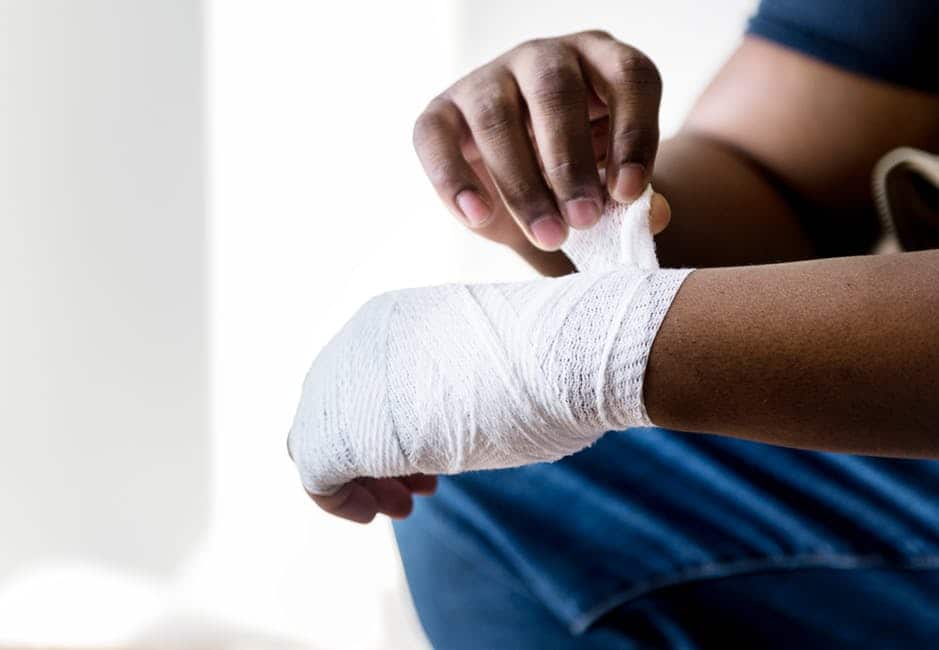Summertime gets filled with park picnics, trips to the beach, and backyard barbeques. Yet, with any outdoor grilling activities, it’s important to practice proper safety techniques. As grilling causes an average of 16,600 accidents every year.
It helps to be preventative in barbecue accidents as well as first aid techniques. Here’s everything you need to know about how to treat a burn.
Assess the Severity of the Burn
Before treating a burn, it’s important to determine how serious the burn is. A minor burn can get treated at home. Yet, for a more serious burn, you’ll need to seek medical attention.
It helps to assess the degree and depth of the burn. Most first and second-degree burns only go past a layer or two of skin. These burns can likely get treated at home.
Deeper burns tend to blister much quicker or cause the skin to discolor. This includes third-degree burns or higher. These should get treated by a professional as they can cause significant damage.
First and second-degree burns are often painful. Yet, it’s common to feel nothing with a third-degree burn or higher. This means the nerves may have gotten damaged.
The size and area of the burn should also get considered. Burns on the face or hands may need proper burn treatment from a professional.
Clean and Care for the Burn as Soon as Possible
The first step in treating burns at home is to run the affected area under cold water. This is to help with pain and swelling. It also works to keep the area clean from infection.
Then use a clean towel to pat the area dry. Apply gentle pressure and be careful not to irritate the area. Avoid putting ice on the area as this can cause damage.
To treat burns, it’s important to keep the area covered so it can heal. Do this by applying a sterile bandage to protect the area.
Aloe vera can also get used to soothe the burned skin. You can also take over the counter pain medicine if needed.
Stay on the Lookout for Signs of Infection
A burn blister will begin to form as a method of protection. This helps to stop contaminants from entering into the open sore. You want to be cautious of the area while the burn heals to reduce the risk of infection.
The blister will likely pop on its own. It’s okay to clean the area with soap and water after this. You should also change to a fresh bandage afterward.
Pay attention to whether the burn area seems to be getting worse. This could be a sign of an infection, which you shouldn’t ignore.
Increased redness, pain, and swelling are possible symptoms. An unpleasant odor or increase in drainage can also be a warning sign of infection.
How to Treat a Burn That Isn’t First or Second Degree
The above tips offer guidance on how to treat a burn that isn’t serious. Yet, you should always seek emergency care for higher degree burns.
In these cases, you may need antibiotics or removal of the burnt skin. You’re also more likely to develop an infection with more serious burns.
For these reasons, it’s smart to always have urgent care information on hand. In case of an emergency, contact Coastal Urgent Care.

